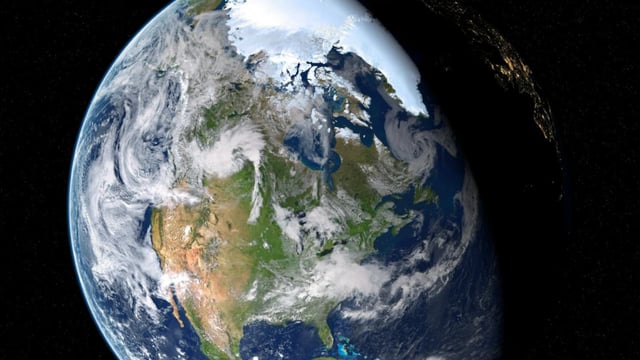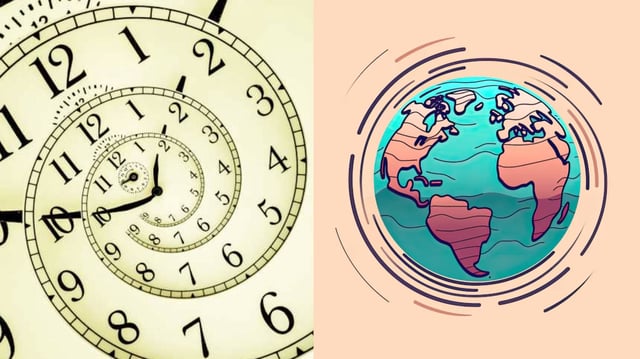Overview
- On July 9, Earth completed its rotation 1.30 milliseconds faster than normal, marking the shortest recorded day, with two more brief days expected on July 22 (−1.38 ms) and August 5 (−1.51 ms).
- The recent series of record-short days continues a reversal of the long-term slowing trend, as atomic clocks have registered faster rotations each year since 2020.
- Short-term fluctuations in day length coincide with peaks in the Moon’s orbital declination, which reduce tidal braking when the Moon reaches high northern or southern latitudes.
- Scientists say current oceanic and atmospheric models cannot explain the magnitude of the spin-up, pointing to unresolved internal geophysical processes as possible drivers.
- The International Earth Rotation and Reference Systems Service skipped its June leap second to maintain UTC alignment and is preparing for a potential negative leap second around 2029.


